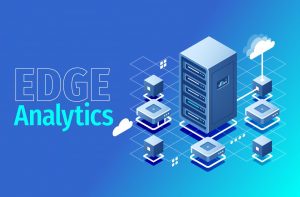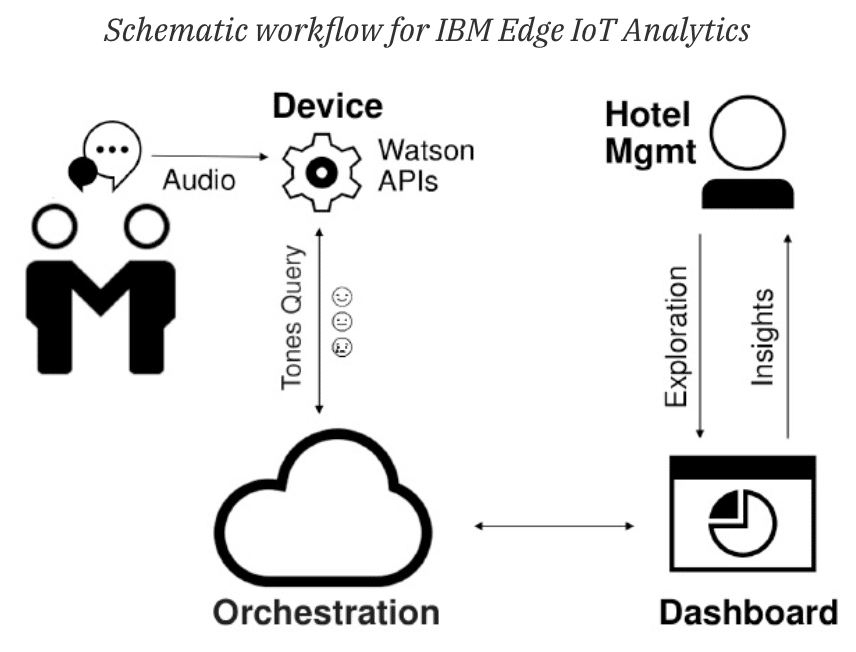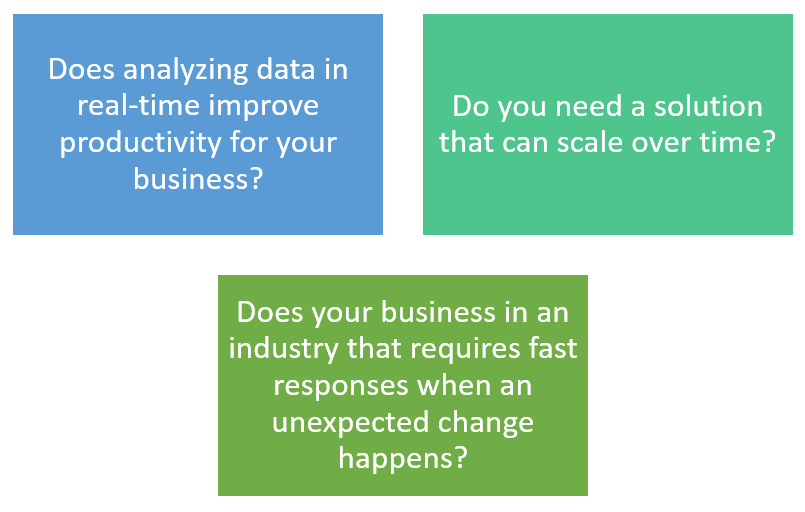Send Us a Message
Contact Information
Skizzle Technolabs India Pvt. Ltd.
Noel Focus, Kakkanad,
Kerala, India – 682021
For any organization with data-driven decision-making, data and insights are valuable assets permeating every aspect of our lives.

Historically, a data lake or data warehouse has been used by businesses to collect data from various IoT devices & sensors and performed analysis to gain insights.
What if organizations can remove the step of data centralization/integration and skip to the analysis phase? This approach is called “edge analytics” and enables organizations to achieve
The main reason why the edge in recent years has become so popular is that the “edge” we know becomes smarter and smarter. According to IoT Analytics’ latest research on Industrial IoT edge computing, “intelligent edge” opens up a whole new set of opportunities for software applications and disrupts some of today’s edge to cloud architectures on all 6 layers of the edge.
Edge analytics is an analytical method that conducts analysis on non-central system components such as sensors, switches, and various connected devices. In other words, information is gained closer to the devices in which the data is collected instead of depending on a central position thousands of kilometers away.
As IoT technology emerges, a number of data are gathered and analyzed by organizations, but transmitting data to a central point and insights to the edge back and forth requires time. Edge analytics offers fast and decentralized insights from data sets collected at the edge of the network.
It makes it possible to decide faster, particularly in low bandwidth situations. Given the increased dependence of companies on automated, data-driven decision-making, edge analytics is a field of major technology giant investment.
Fast decision-making through cutting-edge analysis can be useful to industries such as retail, energy, security, manufacturing, and logistics. For example, when it meets an obstacle on the road, an autonomous vehicle must make a split-second braking choice. In that case, the decision-making speed is significantly faster than any cloud computing solution can. To help analyze data faster, companies are deploying sensors and smart devices at the edge of the network.
Edge analytics is not only for making decisions within milliseconds. There is a fast increase in data obtained from different devices and sensors. As bandwidth is restricted between a server and the edge, except for less time-sensitive applications data transfer speed cannot be adequate.
Edge analytics is an area of significant investment by tech giants:
In Jan 2020, Apple purchased Xnor.ai, a new edge-centered AI start-up. Apple aims to run profound analytical learning models on edge devices like cell phones, IoT devices, cameras, drones, and embedded CPUs.
Both Google Cloud and AWS have edge IoT-focused products.
The general workflow of edge analytics tools follows this pattern:

Source: IBM
The figure below shows the working principle of IBM IoT Edge Analytics in a global hotel chain. A microphone is equipped with Watson analytics tool and it analyzes the tone of customers’ voices whenever a customer interacts with the receptionist. After the analysis, hotel management gains insights and designs actions to increase customer satisfaction.
Edge analytics have similar functions to regular analytical applications, except where the analysis is carried out. One important distinction is that applications for edge analytics must run on edge devices that may have memory, power processing, or communication restrictions. These applications are optimized to function under these constraints.
For edge analytics to be advantageous for businesses, organizations should know the answers to the following questions:

If your answer is yes to the above questions, edge analytics tools are what your business needs for data analysis.

Advantages of edge analytics include:
Retail customer behavior analysis: Retailers can utilize data from a variety of devices, including parking lot sensors, shopping cart tags, and store cameras. Via analytics, retailers can provide customized solutions for everyone through behavior targeting on the data collected from these devices.
Remote monitoring and maintenance for various industries: Industries like energy and production will require immediate response if a computer fails or needs maintenance. Other organizations will detect signals of failure faster and respond before any bottleneck occurs inside the system without centralized data analysis.
Smart Surveillance: Companies can use in-house security systems for real-time intruder detection. Edge analytics can detect and monitor suspected activities by using raw images from surveillance cameras.
We have observed two common pitfalls to avoid when organizations decide to put money on edge analytics.
Security: The secure design of cloud environments is based on the fact that cloud failures are expensive for the company. Edge protection, however, is also essential because some edge devices decide on the real behavior of machines. Breaches can lead to equipment sabotage, other expensive machine failures, or misinformation, at least.
Maintenance: In the case of bandwidth or storage limitations, some border analysis systems share their output only with the cloud. Then, companies have little opportunity to examine the raw inputs that contributed to assessments shared with the cloud systems. You, therefore, need to ensure that inputs are processed using modern analytical software and that companies can take decisions on misinformation by relying on outdated models.
Edge analytics is an exciting area for organizations in the field of the industrial internet of objects (IIOT). The leading suppliers of goods in some segments such as retail, manufacturing, energy, and logistics invest strongly in this rapidly growing sector. Edge analytics provides quantifiable business advantages by reduction of decision latency, expansion of analytics capabilities, bandwidth resolution, and possible reduction of expenditures.
Interested in learning more about Edge analytics? Let’s connect and our expert team can help you change the way you do business.

High-performing teams are the distinctive feature of an industry-leading business. This can ensure the business's success in the long run. Working in a team...
Read More
Since the pandemic hit the world, the new normal is working from home. Gen Y and Gen Z are the largest workforce units of...
Read More
You have much to consider when looking for a solution for human resources (HR) technology. What is the right fit for you? How are...
Read More
As we have seen human resources and information technology have become more intertwined during the last decade. Manufacturing, financials, sales and marketing, and supply...
Read MoreSkizzle Technolabs India Pvt. Ltd.
Noel Focus, Kakkanad,
Kerala, India – 682021